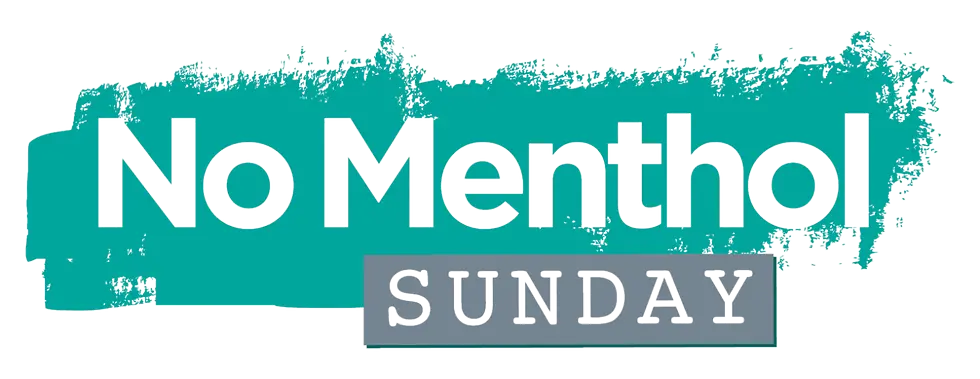Addressing Tobacco and Nicotine Use in Military Settings
- Rachael Joyner
- Sep 21, 2023
- 2 min read
Duke-UNC TTS teaching faculty from the Duke Smoking Cessation Program, the UNC Tobacco Treatment Program, and the NC Tobacco Prevention and Control Branch collaborate to help Fort Liberty medical personnel with the task of addressing tobacco and nicotine use in military settings.
by Rachael Joyner

The Duke-UNC Tobacco Treatment Specialist Training team was featured recently in an article about a training hosted at Fort Liberty Army installation in North Carolina. The two-day training aimed to educate both military and civilian healthcare providers serving at Fort Liberty on the dangers of tobacco use, including e-cigarettes and smokeless nicotine products, and how to provide evidence-based treatment.
Historically the rate of tobacco use among military service members and veterans is higher than that of the general population. The 2020 Report of the Surgeon General reported that 38% of current smokers started after they joined the military. In 2015, the rates of cigarette smoking and smokeless tobacco use for military service members were 13.9% and 12.7%, respectively. For context, the rate of smokeless tobacco use in the general U.S. population at that time was 3.4%.
38% of current smokers in the military began smoking after joining.
LTC Teresa Pearce, director of the Fort Liberty Department of Public Health, shared that results from a 2021 community survey showed that “almost 60 percent of service-member respondents reported current tobacco or vaping use. This increased to 75 percent, when looking at respondents who live in the barracks.”

These statistics underscore the need for targeted tobacco treatment for this population. The Centers for Disease Control and prevention has compiled a list of tobacco cessation resources for military service member and veterans.
With over 40,000 active-duty soldiers, Fort Liberty is the largest Army base in the United States by population. The installation covers 251 square miles and is home to military family members, contractors, retirees, and civilians – a population of over 250,000 people – that has a significant economic impact on the surrounding communities.
To learn more about how to address diverse populations using tobacco, check out one of our upcoming TTS trainings: https://www.dukeunctts.com/programs
To learn more about how Duke-UNC TTS can tailor a training for your installation, please contact our office at cttsprogram@duke.edu or 919-668-5042.
About the Author

Rachael Joyner, DNP, FNP-BC, APRN, is a family nurse practitioner with the Duke Smoking Cessation Program. She holds a National Certificate in Tobacco Treatment Practice and received her Doctorate in Nursing Practice from the University of Florida. She loves working collaboratively with patients to help them become tobacco free.




https://www.agmglobalvision.com/thermal-imaging/thermal-accessories Thermal Accessories are a game-changer for anyone serious about outdoor adventures or security operations. The quality and functionality of these accessories are top-notch, enhancing the performance of your thermal devices. Whether you’re using them for hunting, wildlife observation, or tactical missions, AGM accessories provide the reliability you need in tough conditions. The range includes everything from high-capacity batteries that ensure long-lasting power in the field to advanced mounts and adapters that make setup quick and easy. I particularly appreciate how durable and well-designed these accessories are – they’re clearly built to withstand the rigors of real-world use. Plus, AGM’s reputation for quality is well-earned; their products consistently deliver on performance and durability. If you’re looking to maximize the effectiveness…